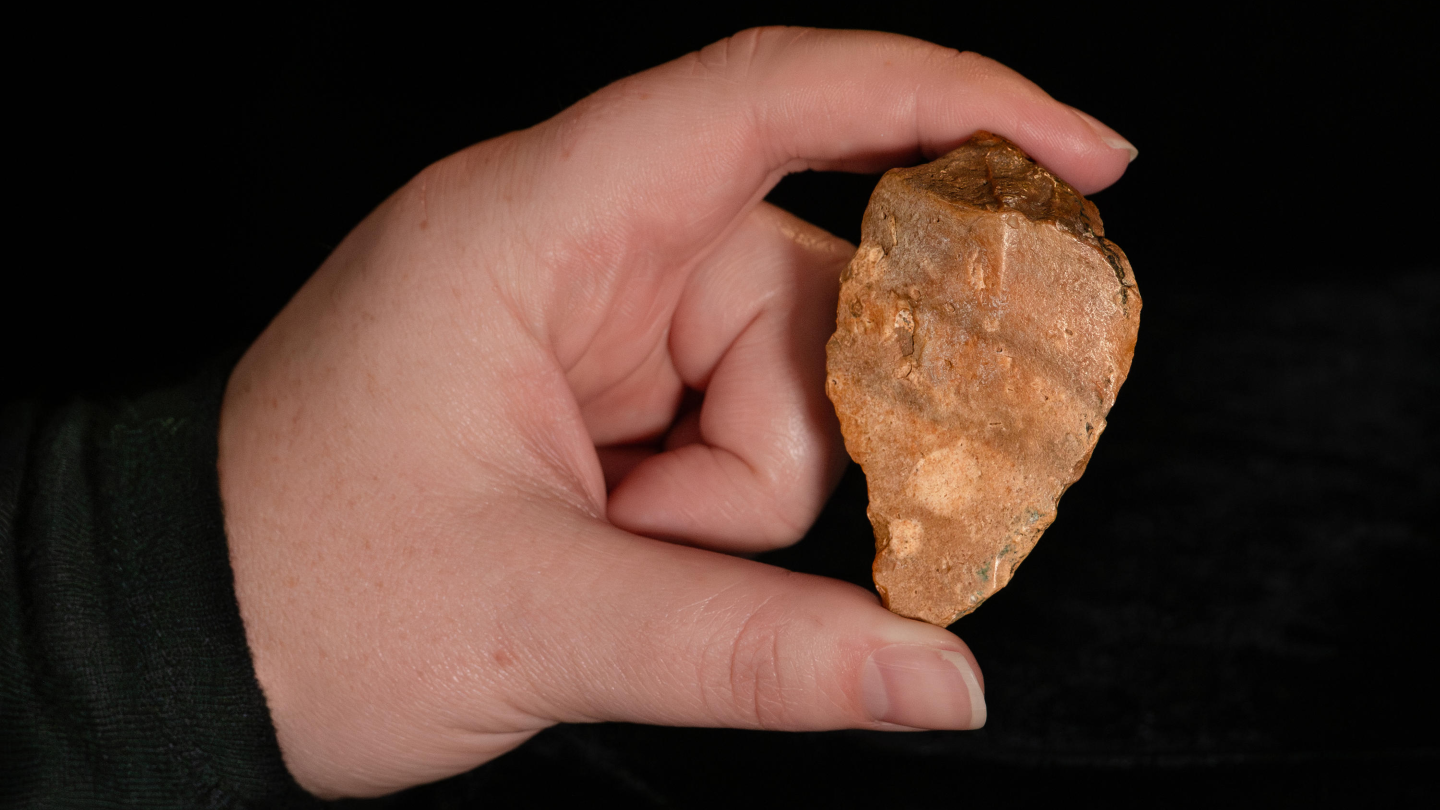Quick Summary
- Stone tools discovered in Indonesia, specifically on the island of Sulawesi, have been dated to approximately 1 million to 1.5 million years ago.
- These findings suggest that an unknown human relative occupied Sulawesi long before the evolution of our own species.
- The tools are believed to have been used for general-purpose cutting and scraping, but the exact activities they were used for are still unclear.
- The discovery challenges previous assumptions about human evolution in the region and may indicate that Sulawesi was a stepping stone for human relatives to reach other islands.
📘 Structured Analysis
-
Headline Assessment
The headline is generally accurate, though it could be seen as slightly sensationalized by referring to a “mystery human relative.” However, the discovery does indeed indicate the presence of an unknown or unspecified human relative on Sulawesi. -
Key Discovery or Claim
The main discovery is the presence of 1 million to 1.5 million-year-old stone tools on Sulawesi, indicating human occupation of the island much earlier than previously thought. -
Who Did the Research
The research was conducted by a team involving Adam Brumm, a professor of archaeology at Griffith University in Australia, among others. -
How the Research Was Done
The study involved excavations between 2019 and 2022 at Calio, a locality on Sulawesi, where seven stone artifacts were discovered. The tools were analyzed, and dating methods were applied to the sediments in which they were found to determine their age. -
Where It Was Published
The study was published in the journal Nature, which is peer-reviewed. -
Data & Evidence
The data includes the discovery of seven stone tools made from chert, dated to between 1.04 million and 1.48 million years ago. The tools were created using a percussion flaking technique and one was retouched, indicating a level of sophistication. -
Limitations or Caveats
A limitation is the lack of fossil evidence of the human relatives who made the tools. The researchers acknowledge that without fossils, it’s premature to assign a specific hominin species to the tool-makers. -
Independent Expert Input
The article does not include commentary from independent scientists outside of the research team. -
Impact or Relevance
This research matters because it challenges our current understanding of human evolution in the region, suggesting that Sulawesi was occupied earlier than thought. It could also provide insights into the origins of other human relatives found in the area, such as Homo luzonensis or Homo floresiensis. -
Red Flags (if any)
There are no obvious red flags of exaggeration, weak evidence, lack of transparency, pseudoscience, or conflicts of interest. However, the speculative nature of some interpretations (e.g., the potential link to Homo floresiensis) should be approached with caution until further evidence is found.
📌 Quick Summary (3–5 bullet points)
- Sulawesi was occupied by human relatives 1 million to 1.5 million years ago, based on newly discovered stone tools.
- The tools suggest a presence before our species evolved, challenging current understanding of human evolution in the region.
- The exact species responsible for the tools is unknown due to the lack of fossil evidence.
- The discovery could imply that Sulawesi was a stepping stone for human relatives to reach other islands, potentially influencing the evolution of species like Homo luzonensis or Homo floresiensis.
🛑 Instructions for Style
The analysis is presented in a concise and neutral manner, prioritizing facts over assumptions and avoiding repetition of missing information.
